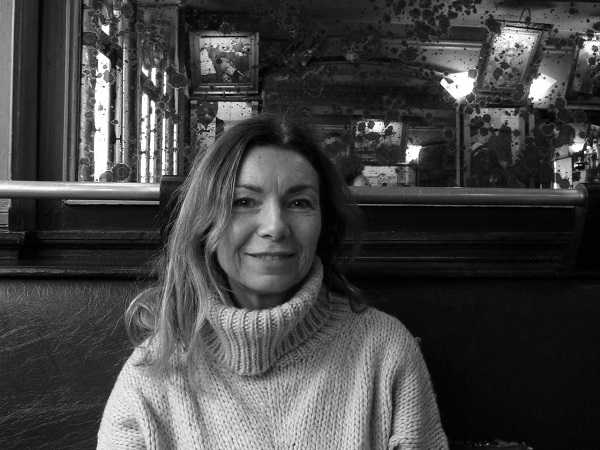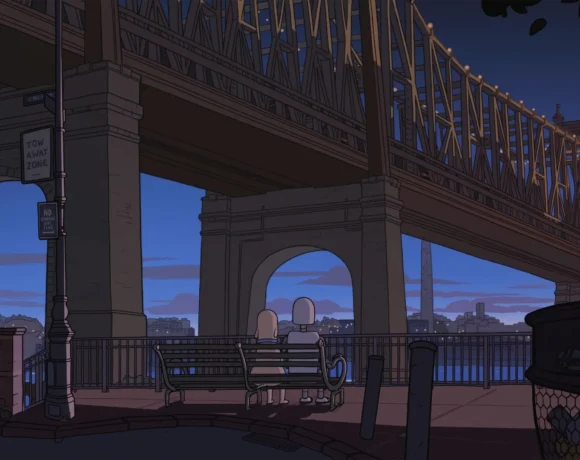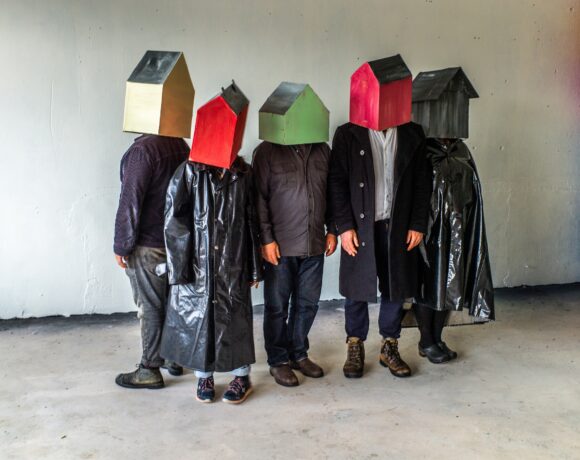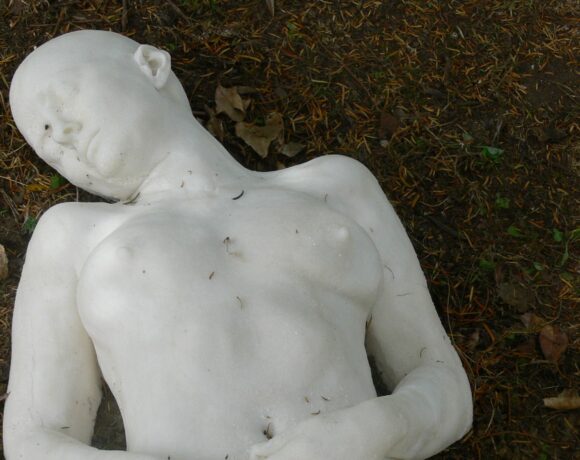“Once, while I was in Rome with my wife, we found two magnificent black and white photos: one of Pier Paolo Pasolini and one of Anna Magnani at the Louvre Museum gallery. I discovered that they were taken by Paolo Di Paolo, a great photographer I did not know. So I decided to go and look for him”. Thus began the first genesis of “The Treasure of his Youth: the Photographs of Paolo di Paolo” (2021), the latest fascinating documentary directed by the famous photographer Bruce Weber proposed to the MAST Foundation during the Festival “Il Cinema Ritrovato”, which successfully reached its XXXVI edition. The American director, author of “Broken Noses” and “Let ‘s Get Lost” about Chet Baker with an Oscar nomination, managed with his team to create a new masterpiece by delving into the life of the Italian photographer. The American photographer, dressed in a blue jacket over a white shirt, jeans and blue bandana, was accompanied by his wife Nan Bush and his producer Eva Lindemann-Sànchez, as well as Paolo Di Paolo and Silvia Di Paolo.
Paolo Di Paolo had a very particular existential story. Born in 1925 in Larino, a small town in Molise, after high school decided to study philosophy. He landed in Rome with a cardboard suitcase, where he quickly became one of the most important photographers from the 1950s. With his Leica he portrayed the stars cinema and the art system, creating extraordinary reportages of international high society, but also of Italy destroyed after the war. Very close friend of Pier Paolo Pasolini and Marcello Mastroianni and, among many divas, of Anna Magnani, Sofia Loren, Elizabeth Taylor, Anouk Aimée and Gina Lollobrigida, at the height of his career, he retired from the stage, taking refuge in the countryside with seven dogs. This mysterious and incomprehensible decision triggered the curiosity of the director, who with a journalistic and at the same time poetic eye, tells us in various chapters of the rise, career and abandonment of the limelight of the great Paolo Di Paolo.
“For me, it was impossible to understand this kind of choice” explains Weber “his memorable black and white photos were full of beauty. Why, despite the success and the frequentation of the glamorous society he decided to lose all traces. of himself and no longer working as a photographer?”
Di Paolo retired to the countryside after 1968, married Elena, his young assistant, and told his children nothing about his past. He cultivated his great interests: philosophy and the old cars. One day, twenty years ago, his daughter Silvia, as we see in the film, while looking for a pair of skis in the cellar, discovered an incredible photographic archive with thousands of cataloged film rolls. She asked her father what they were and only after much insistence he agreed to talk about his past. Weber interviews Di Paolo in various significant places, who in this way was reconciled with the success and fame of his youth. He abandoned Rome in order not to give in to magazines that only wanted scandalistic scoop. Thanks to Silvia Di Paolo’s devoted work on her father’s archive, after fifty years the photographer’s rededication arrived with the beautiful exhibition “Mondo perduto” (2019) at MAXXI in Rome and the call of Pier Paolo Piccioli to Paris for the backstage shootong of the Valentino Haute Couture show in 2020.
Small, thin, always elegantly dressed, decisive and sure of his mastery, we see in the film the photographer from Larino always accompanied discreetly by his daughter, through the gaze of Weber who portrays him in his beautiful black and white in Paris while asking Piccioli to approach the face of a model with a very sophisticated crown of shiny branches. Even now, despite his advanced age, Di Paolo still has a creative vitality and a delicate and vibrant gaze.
I asked Weber what emotions he finds in Di Paolo’s photos and he replied: “Di Paolo is the singer of beauty and memory… Italian beauty is that of the emotions from my childhood. I was lucky enough to grow up in an extraordinary, fun and cultured family, I have great memories, everything was beautiful. We lived in the countryside in Greensburg, Pennsylvania in a house with a large garden and animals. My parents and grandmother made me love the good things in life, they were elegant and loved music, books, art and photography and cinema. They took us by car to see films, that made me fall in love with Italy very much. I love your romantic life, full of poetry and history. I still like to be in contact with the same things, like my beloved dogs, they are so interesting to look at and photograph too. Have you seen my latest book published by Tasche The Golden Retriever?”.
When I asked him how he managed to structure the script and the pace of the film’s editing so perfectly, he explained to me: “I was not alone, we worked together with Eva Lindemann and her husband on the project. I didn’t need a definite script. I also started this film by taking my photos, which I continued to take following Di Paolo on his sets and places. I work through my camera and images that give me emotion and a certain feeling. It is a very intimate and private, emotional thing. Stories simply arise from the images I hear and shoot: taking pictures makes me enter a new world, it’s like starting a surprising journey”.
When I asked him if there was an artist, among the many he has known, on whom he would like to make another documentary, he replied: “There is an American artist that I love and admire: Imogen Cunningham, she was a great portrait and nature photographer. She have worked a lot with black and white and made some wonderful photos. I’d like to make a documentary about her”.
I asked him: “Do you have a question you would like to hear and nobody asked you before?” He smiled, he paused for a moment to think and said: “It’s complicated, it would take longer to answer. I can say that I don’t like at all those questions that journalists sometimes ask me like: what is life for you, or what does it mean for you to be happy. I don’t like questions that are so general or those that have to do with my privacy. So this was a good question”.
Manuela Teatini
 Paolo Di Paolo and Bruce Weber, ph courtesy Bruce Weber
Paolo Di Paolo and Bruce Weber, ph courtesy Bruce Weber
 Paolo Di Paolo, Roma, I Piccoli Guerrieri di Monte Mario, 1954, ph courtesy Archivio Paolo Di Paolo
Paolo Di Paolo, Roma, I Piccoli Guerrieri di Monte Mario, 1954, ph courtesy Archivio Paolo Di Paolo
 The photographer Paolo Di Paolo, his daughter Silvia and the curator Giovanna Calvenzi at the exhibition “Paolo Di Paolo. Mondo perduto”, MAXXI, Roma, 2019, ph courtesy Archivio Paolo Di Paolo
The photographer Paolo Di Paolo, his daughter Silvia and the curator Giovanna Calvenzi at the exhibition “Paolo Di Paolo. Mondo perduto”, MAXXI, Roma, 2019, ph courtesy Archivio Paolo Di Paolo
 Paolo Di Paolo at the exhibition “Paolo Di Paolo. Mondo perduto”, MAXXI, Roma, 2019, ph courtesy Archivio Paolo Di Paolo
Paolo Di Paolo at the exhibition “Paolo Di Paolo. Mondo perduto”, MAXXI, Roma, 2019, ph courtesy Archivio Paolo Di Paolo
 Paolo Di Paolo and his daughter Silvia at the exhibition “Paolo Di Paolo. Mondo perduto”, MAXXI, Roma, 2019, ph courtesy Archivio Paolo Di Paolo
Paolo Di Paolo and his daughter Silvia at the exhibition “Paolo Di Paolo. Mondo perduto”, MAXXI, Roma, 2019, ph courtesy Archivio Paolo Di Paolo

Manuela Teatini, film maker and journalist, focuses on visual arts, in particular cinema, photography and contemporary art. She has written freelance for years with VOGUE, Uomo VOGUE, ELLE and other cinema, art and new trend magazines. She is the author and director of the docufilms “ART BACKSTAGE. La passione e lo sguardo” (2017),” MASSIMO MININI. Story of a Gallerist “(2019),” GIOVANNI BOLDINI. Il Piacere. Story of the Artist” (2021) awarded at the Terra di Siena International Film Festival 2021.






NO COMMENT